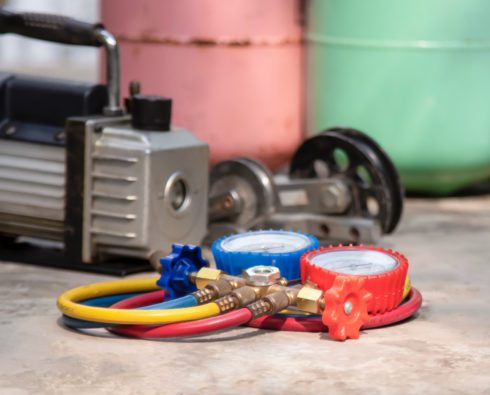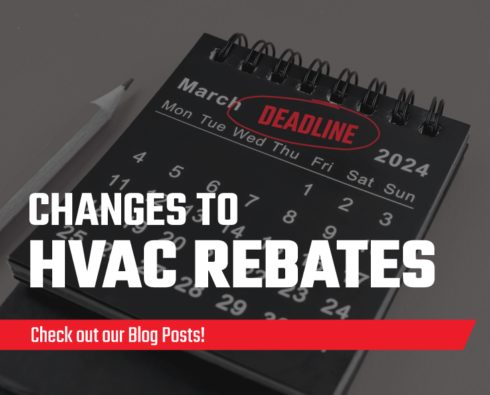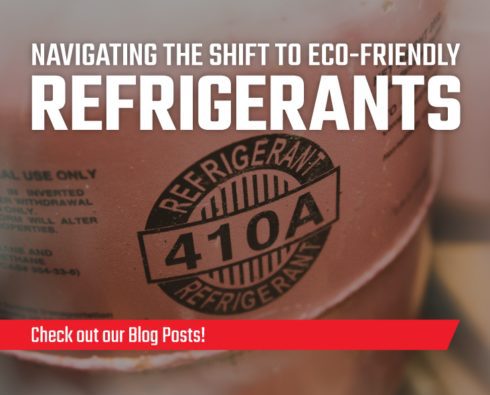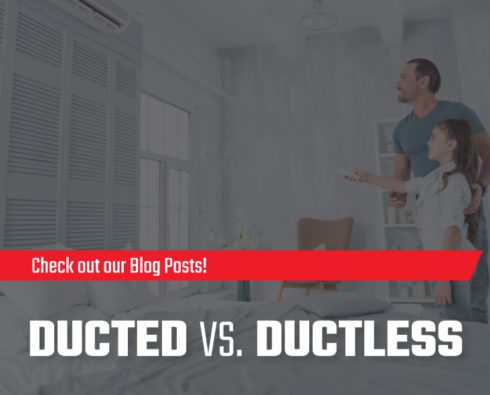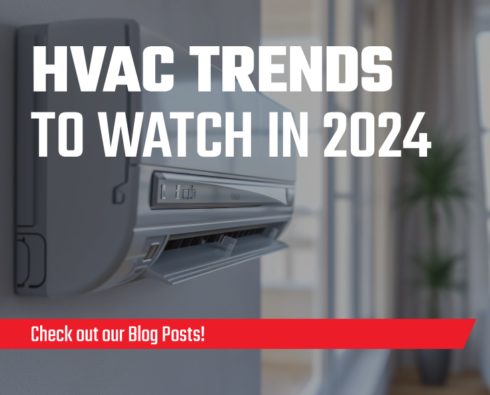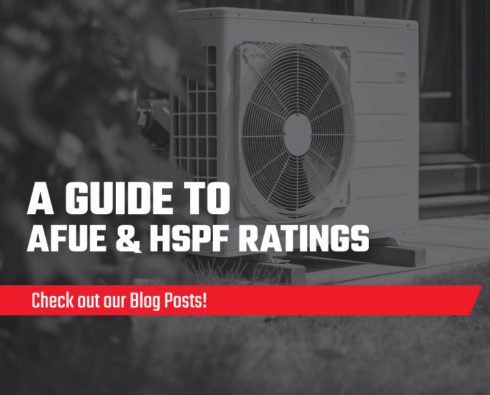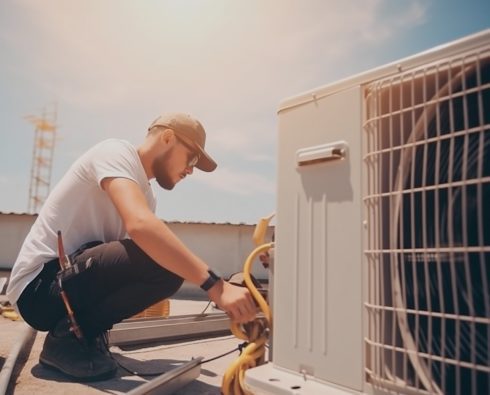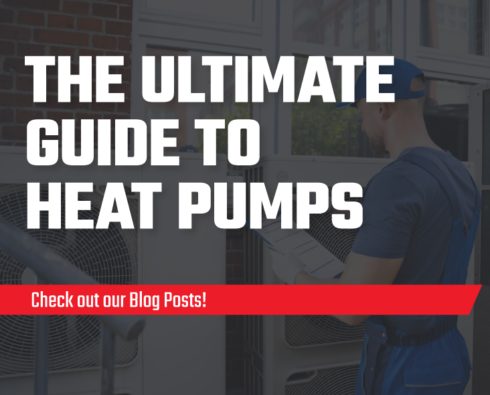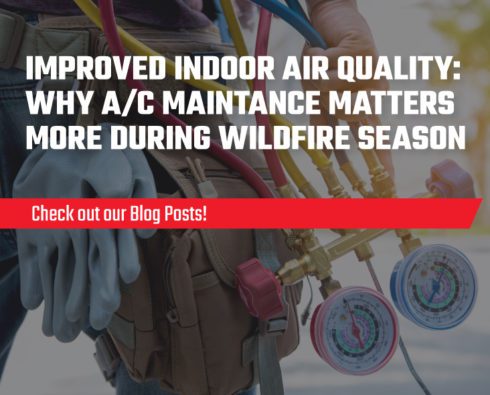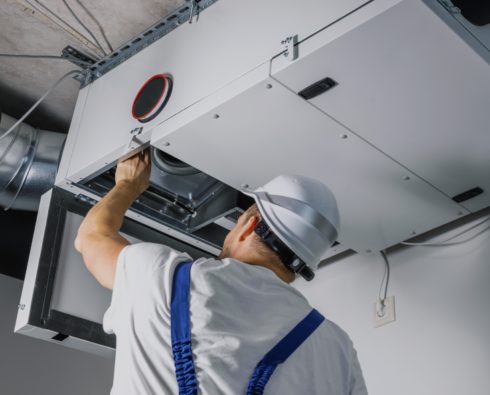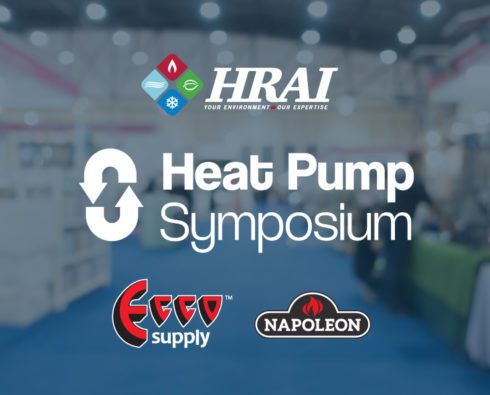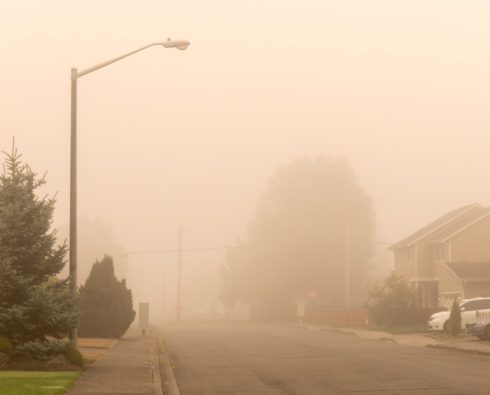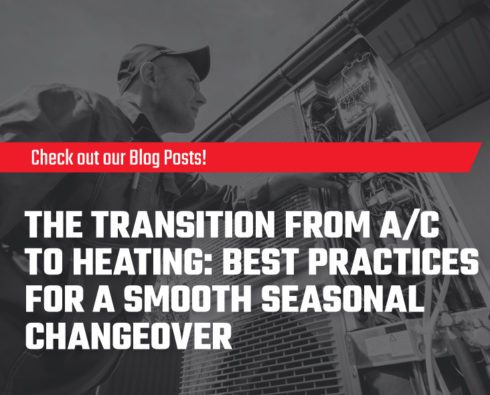
How to Install Heat Pumps
While the specifics will differ slightly from brand to brand, heat pump installations follow roughly the same patterns, depending on whether it’s a ducted or ductless system. Here’s a step-by-step guide including how to choose the right heat pump size.
Ducted Heat Pump Installation
The installation process for a ducted heat pump typically involves the following steps:
- Determine the optimal location for the central unit.
- Install new ductwork or modify existing ductwork as needed.
- Install the central unit and connect it to the ductwork.
- Test the system to ensure it functions properly.
- Check that it’s delivering even heating or cooling throughout the intended areas of the home.
Ductless Heat Pump Installation
The installation process for a ductless heat pump has a few additional steps, compared to ducted systems:
- Determine the optimal locations for the indoor and outdoor units.
- Determine the conduit and refrigerant lines layout.
- Install the outdoor unit in an easily accessible location with proper ventilation.
- Install each indoor unit.
- Install the conduit and refrigerant lines.
- Connect the indoor and outdoor units.
- Test the system to ensure it functions properly.
- Check that it’s delivering even heating or cooling throughout the intended areas of the home.
Picking the Correct Heat Pump Size
Selecting the right heat pump size is crucial for optimal performance, energy efficiency, and overall comfort.
An undersized heat pump will struggle to heat or cool the home, leading to inadequate temperature control, higher energy bills, and increased wear on the system. An oversized heat pump, meanwhile, will cycle on and off more frequently, reducing its efficiency and lifespan, and potentially causing temperature fluctuations and humidity issues.
Factors to Consider for Sizing a Heat Pump
To accurately size the heat pump required for a specific home or building, several crucial factors should be taken into account.
- Climate: In areas with extreme temperature fluctuations or consistently high or low temperatures, a more powerful heat pump may be necessary to maintain a comfortable indoor environment.
- Home size: Larger homes generally need larger heat pumps to effectively manage indoor temperatures, while smaller homes may require less powerful units. It’s essential to consider the square footage and volume of the space when determining the appropriate heat pump size.
- Home layout: Factors such as the number of rooms, their locations, and the presence of open or closed floor plans can all affect the distribution of heat or cooling. A home with a more open layout may need a different heat pump size than one with several smaller, separated rooms.
- Insulation: Well-insulated homes will retain heat more effectively in colder months and stay cooler during hot periods, reducing the demand on the heat pump system. Conversely, homes with poor insulation may require larger or more powerful heat pumps to maintain a comfortable indoor temperature.
Calculating the Correct Size Needed for a Heat Pump
There are two main ways to determine what size heat pump a building needs. The most common (but least accurate) way is to follow a standard rule of thumb that suggests every 500 square feet requires 12,000 BTUs. This means for a 2,000 square foot home, you’d need a heat pump with 48,000 BTUs.
Unfortunately, sizing a heat pump in this way is extremely inaccurate. The most accurate way to size a heat pump is to calculate the HVAC load of the building. Here’s how:
- Calculate the building’s total square footage.
- Assess how many occupants will be in the building, on average.
- Count the number of windows in the building.
- Count the number of exterior doors in the building.
- Determine the HVAC load by multiplying the:
- Building’s square footage by ceiling height
- Number of occupants by 100
- Number of windows by 1,000
- Number of exterior doors by 1,000
- Sum the results. That number will be the size of heat pump that’s needed, in BTUs.
Find the Right Heat Pump for Your Next Project
At ECCO, we offer a range of heat pumps from a variety of leading brands, including Armstrong, Napoleon and Samsung. Our team is always on hand to help you find the right one, based on the specific needs of your project.
Visit us in store or contact us today to learn more about what’s available, or to discuss your next project with one of the experts on our team.


